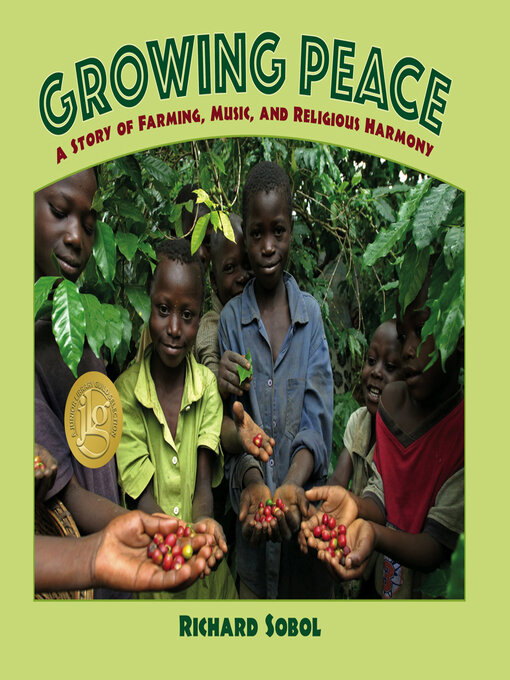This stunning photo-essay for children is a story of coexistence, focusing on Jewish, Muslim, and Christian families in a Ugandan village who created a Fair Trade Coffee Cooperative and learned to live and work together peacefully.
On the morning of September 11, 2001, J. J. Keki, a Ugandan musician and coffee farmer, was in New York, about to visit the World Trade Center. Instead, J.J. witnessed the terrorist attack on the Twin Towers. He came away from this event with strong emotions about religious conflict. Why should people be enemies because of their religions?
Back home in his village, J.J. was determined to find a way for people who held different religious beliefs to work together. He saw that the neighborhood children, from Jewish, Muslim, and Christian families, played with one another without a care about religion. Why not enlist their parents, all coffee farmers like himself, in a cooperative venture around a shared goal? Together they would grow, harvest, and sell their coffee. At the same time, they would bridge religious differences to work and live together peacefully.
Here is a rare and timely story of hope, economic cooperation, and religious harmony from an often struggling part of the world. From J.J.'s vision, his community has achieved what many people strive for: a growing peace.



